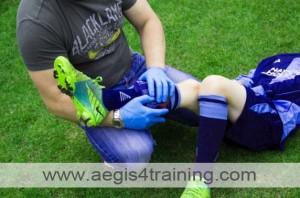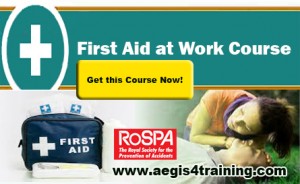

Based on Dr Blakeney, an optometric, computers will not permanently damage the eyes; however, they can cause strain or exacerbate existing eye conditions.
What problems with people do looking at computer screens cause? People working at computers more often, (specifically those people that work at the computer for more than three hours a day), may experience symptoms such as:
- Blurred vision
- Headaches
- Burning sensations
- Eye discomfort
- Itchy eyes
- Dry or watering eyes
- Changes in color perception
Eyestrain is a type of repetitive strain injury (RSI) that is caused by lack of rest periods, improper working conditions and so forth. There are many causes of eyestrain. One of these is glare.
There are two types of glare, direct and indirect. Direct glare is where light shines directly in your eyes; whereas indirect glare is caused by light reflecting off surfaces into your eyes. Glare often results from computer screens being too dark or too bright. Glare leads to eye muscle fatigue, for the eyes have to struggle to make out the images on the screen.
Another major cause of eyestrain is the position of the computer screen. Naturally, the eyes are positioned so that they look straight ahead and slightly down.If the eyes have to look in a different direction, the muscles have to continually work to hold this position.
Thus, if your computer monitor is positioned incorrectly, the eye muscles must constantly work to hold the eyes in the correct position to view the monitor.
In order to prevent the eyes becoming strained in this way, the top of your computer screen should be no higher than eye level.
Dry eye syndrome. According to the NHS, using your computer correctly can also help to prevent dry eye syndrome.Dry eye syndrome is a condition in which the eyes become inflamed due to a lack of tears. This lack of tears is commonly due to a blockage of the oil secreting glands in the eyes. Although this condition causes discomfort, it does not usually affect vision.
Â
Ways to reduce damage to your eyes caused by computer screens There are several ways you can minimise the potential damage to your eyes caused by looking at computer screens. Firstly, it is important to set up your computer screen so that it is in the correct position in relation to your eyes.As previously mentioned, the top of the screen should be in line with your eye level. In addition, the screen should be placed approximately 18-30 inches from you.
The screen should also be tilted slightly back – between 10 to 15 degrees depending on the person’s particular preference. This is so that you do not receive glare from lights in the ceiling.
Glare can also be avoided by placing blinds over nearby windows, or using a glare screen. In addition to adjusting the position of your screen, you can also minimise eye problems by simply blinking more frequently.
Many people don’t realise that they actually blink less when they look at a screen. Blinking is important, however, as it washes your eyes in their naturally therapeutic fluids. It is also important to take breaks from looking at your screen. One easy way to remember this is to think of 20-20-20. This reminds you that every 20 minutes you should try to look at something 20 feet away for a minimum of 20 seconds. It is also recommended to take breaks from your screen altogether, in particular every 2 hours.
Can looking at computer monitor improve eyesight? Despite the potential eye problems caused by looking at a screen too frequently, research carried out in the US has actually found that some screen viewing can be of benefit to the eyes.
Specifically, they realised that playing video games can improve vision. This is because playing video games gives the users chance to improve their contrast sensitivity. Contrast sensitivity refers to how faded an object can be before it is impossible to differentiate it from the same field of view. It is something that is affected by ageing. Contrast sensitivity is particularly important for activities such as driving in poor visibility, like in fog or at night.
Purchase our online E learning Training about screen awareness!

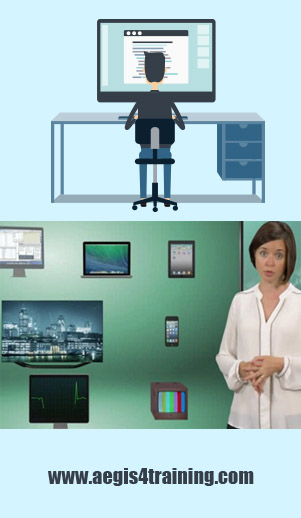
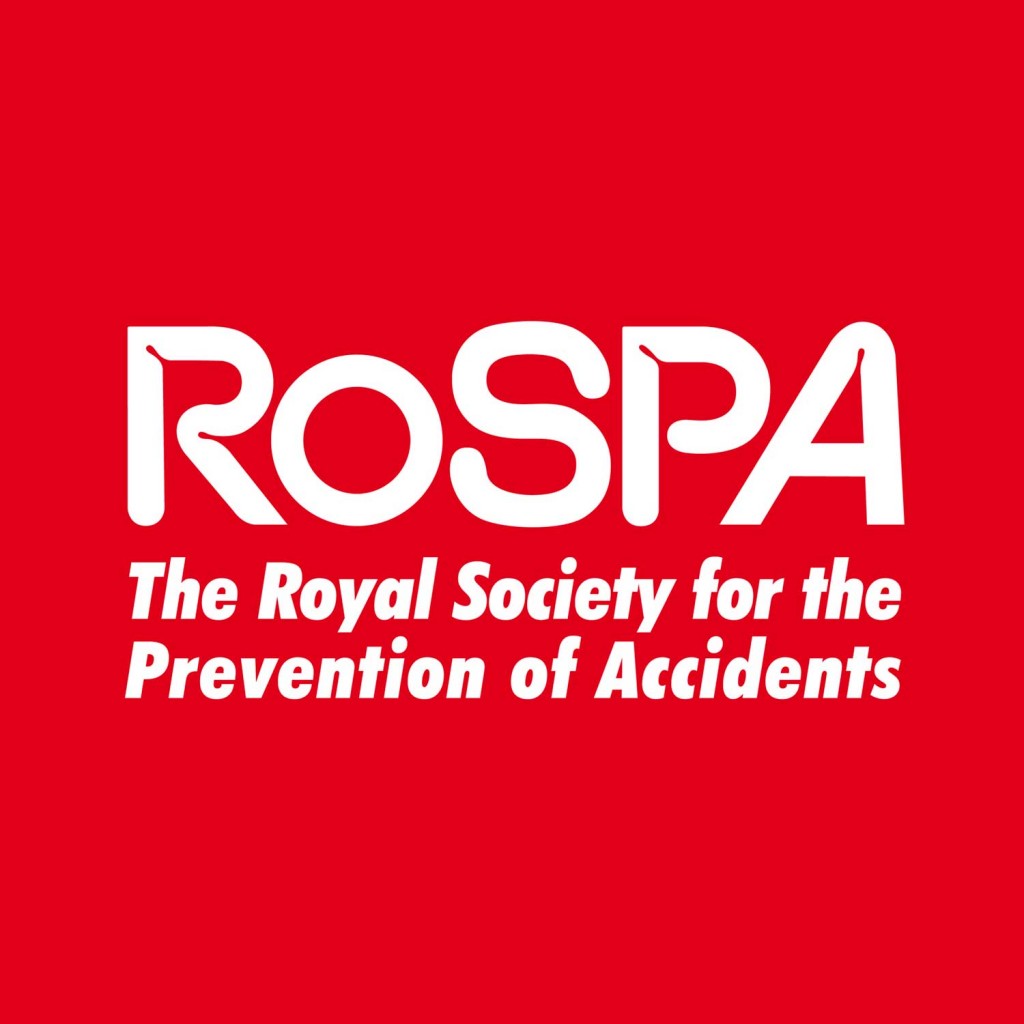
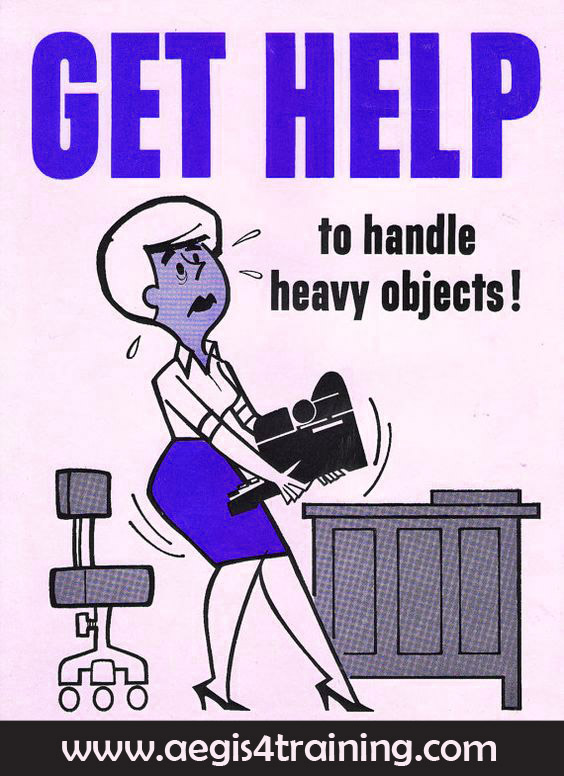
 Manual handling untoward incidents reached for more than a third of all accidents reported each year to the enforcing authorities. It is estimated that in excess of 500,000 people in Great Britain suffer from a musculoskeletal disorder (MSD) mainly affecting the upper limbs or neck that was caused, or made worse, by their present or previous work.
Manual handling untoward incidents reached for more than a third of all accidents reported each year to the enforcing authorities. It is estimated that in excess of 500,000 people in Great Britain suffer from a musculoskeletal disorder (MSD) mainly affecting the upper limbs or neck that was caused, or made worse, by their present or previous work.